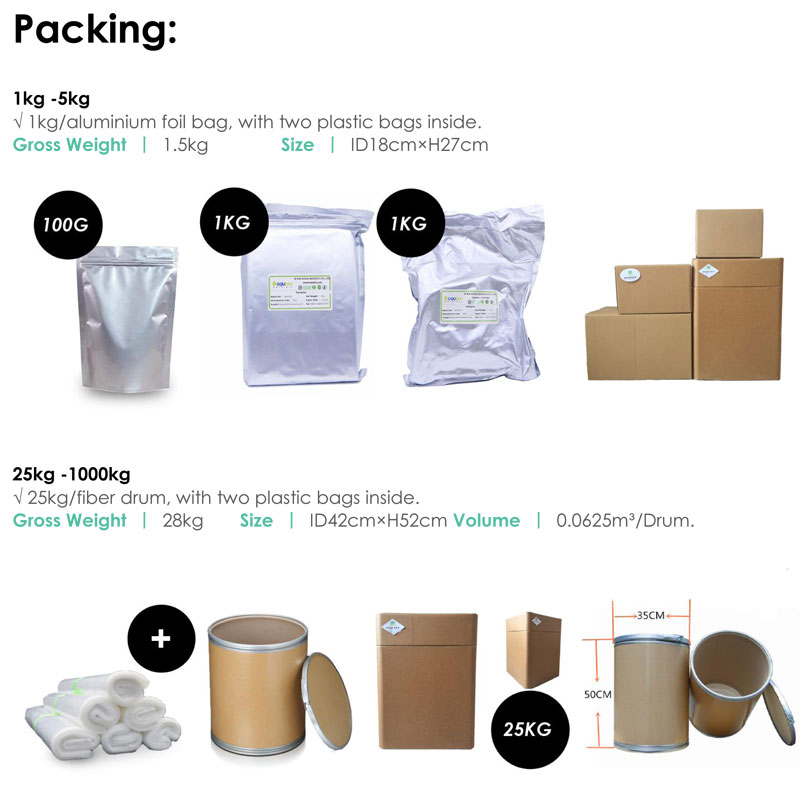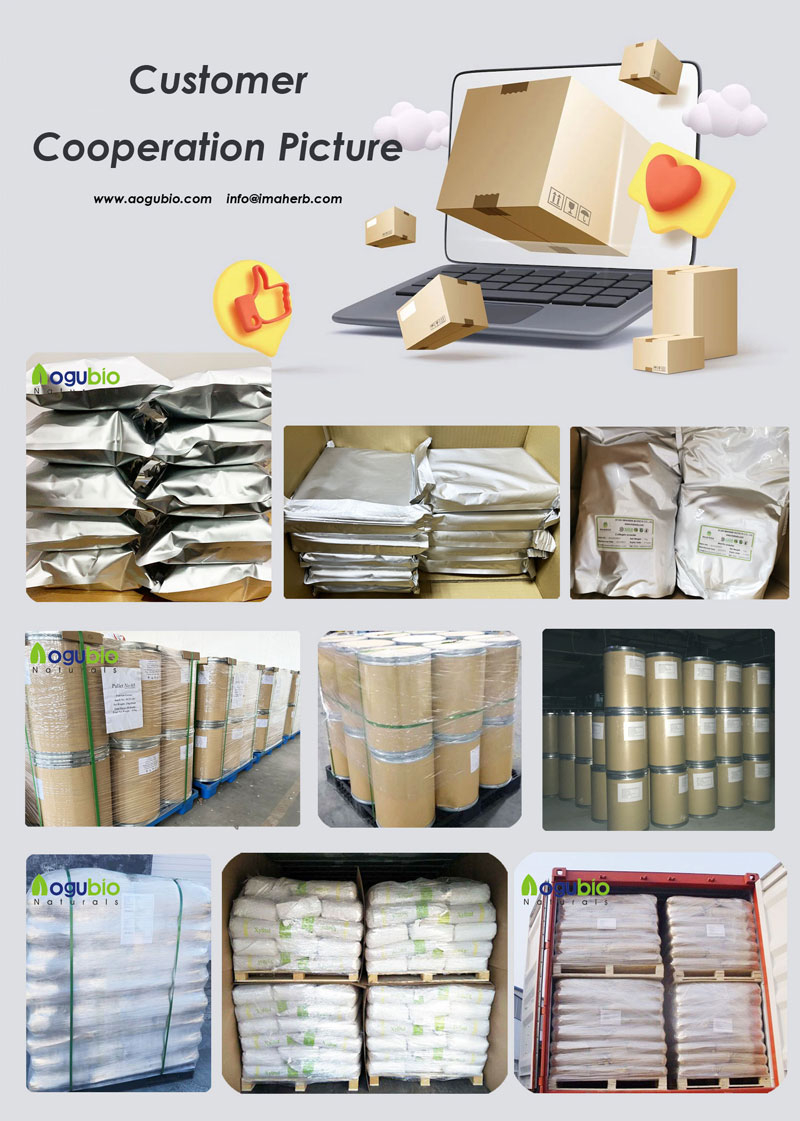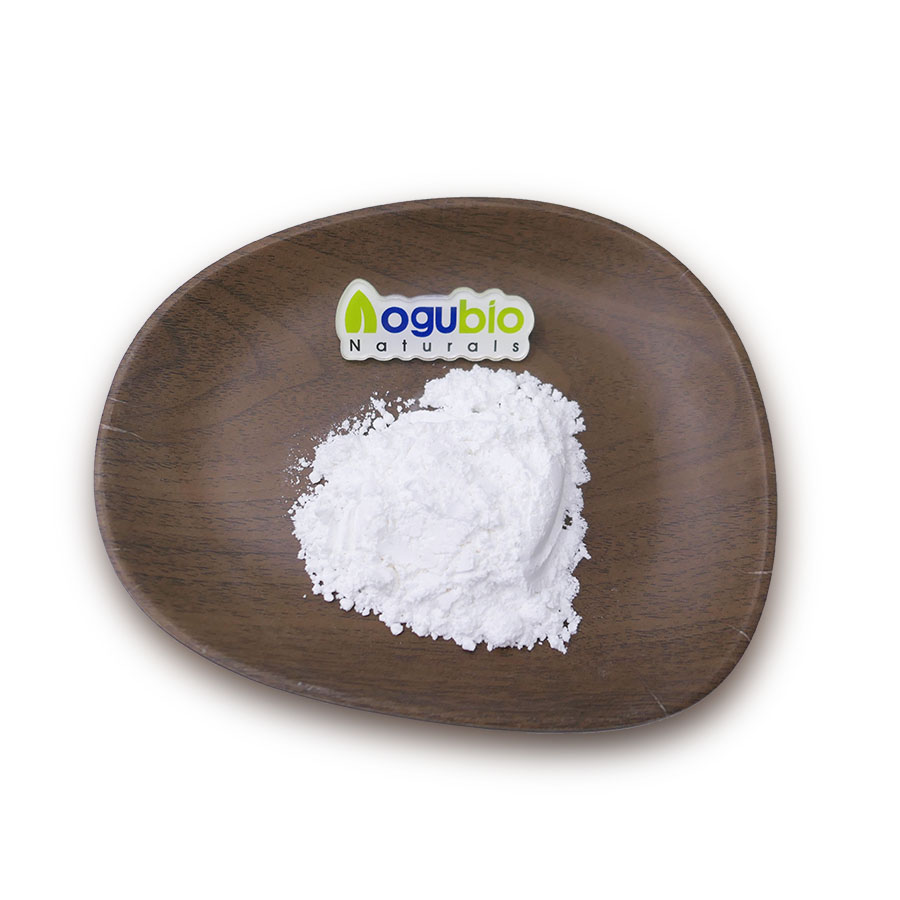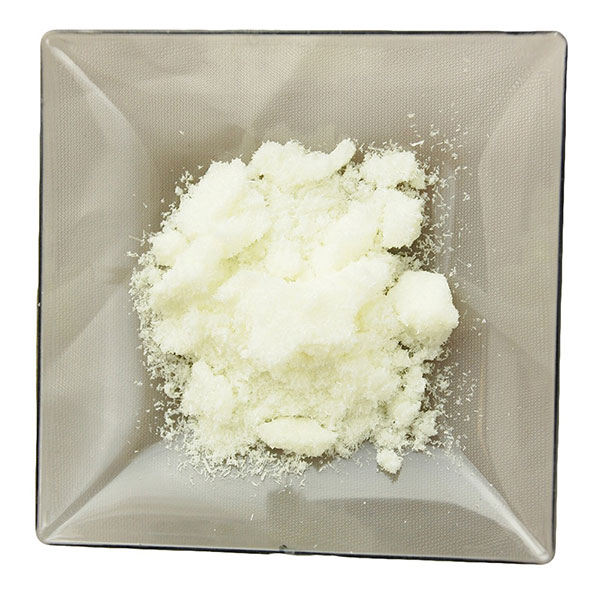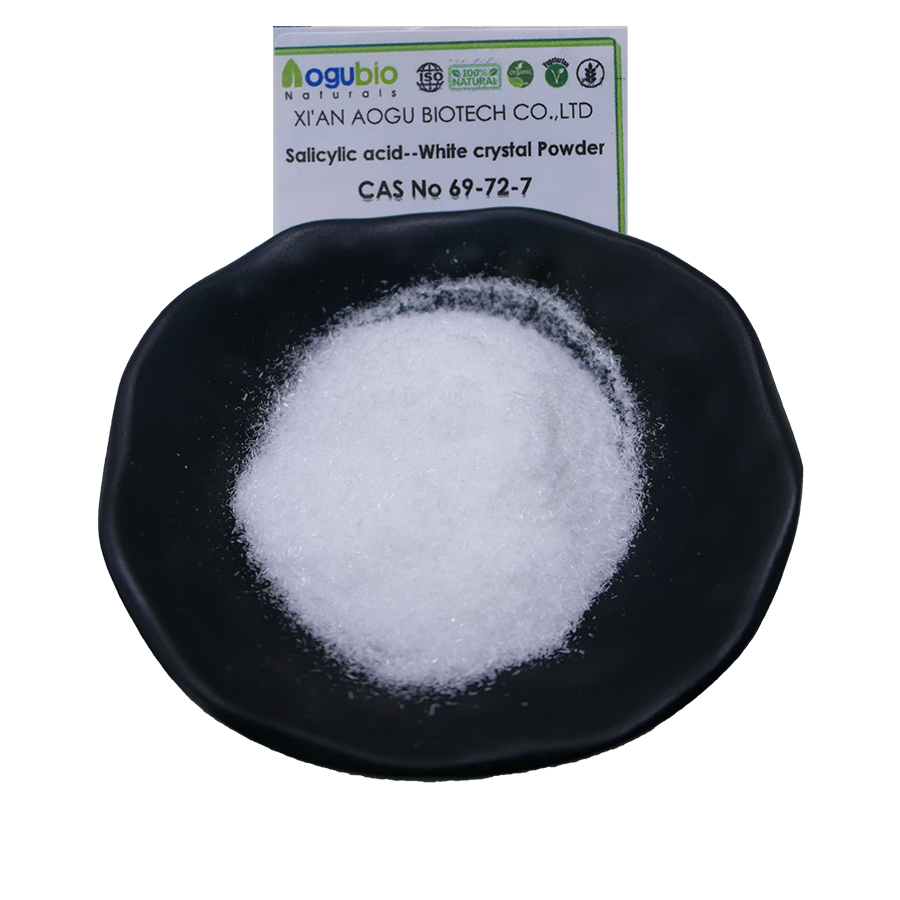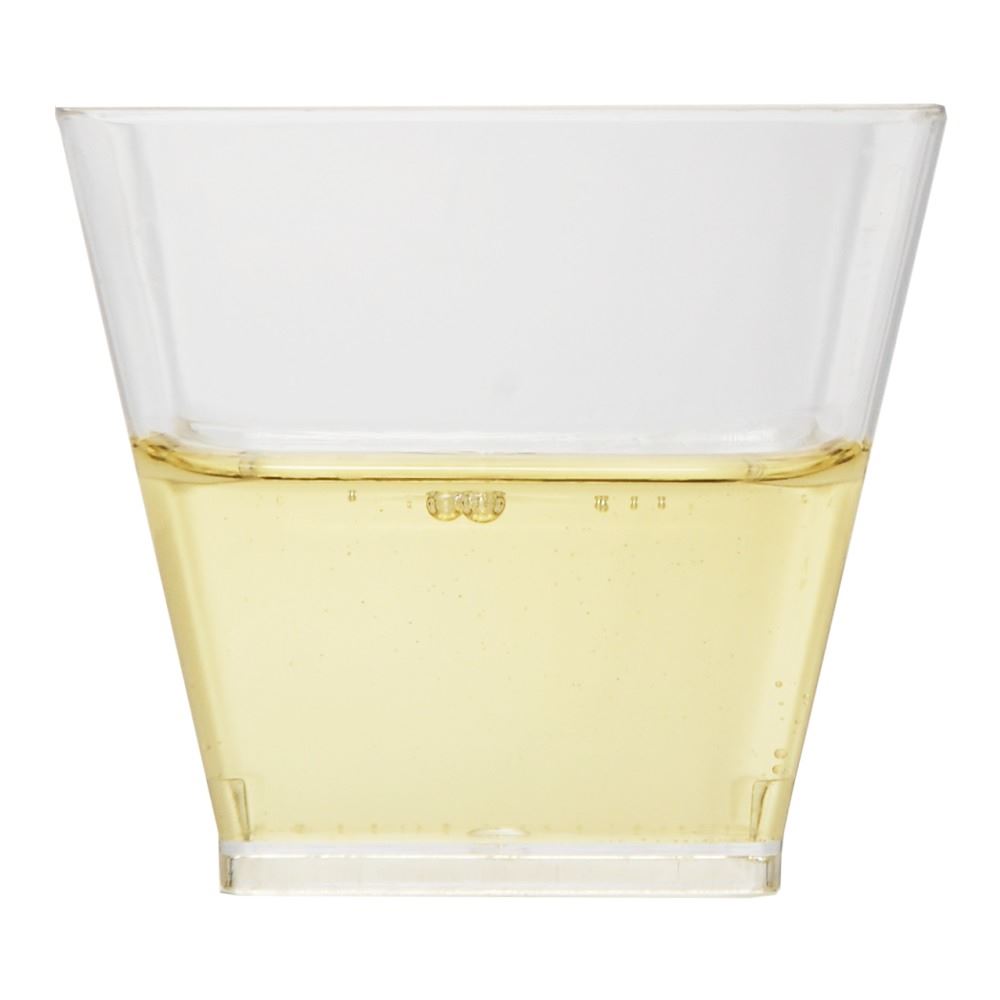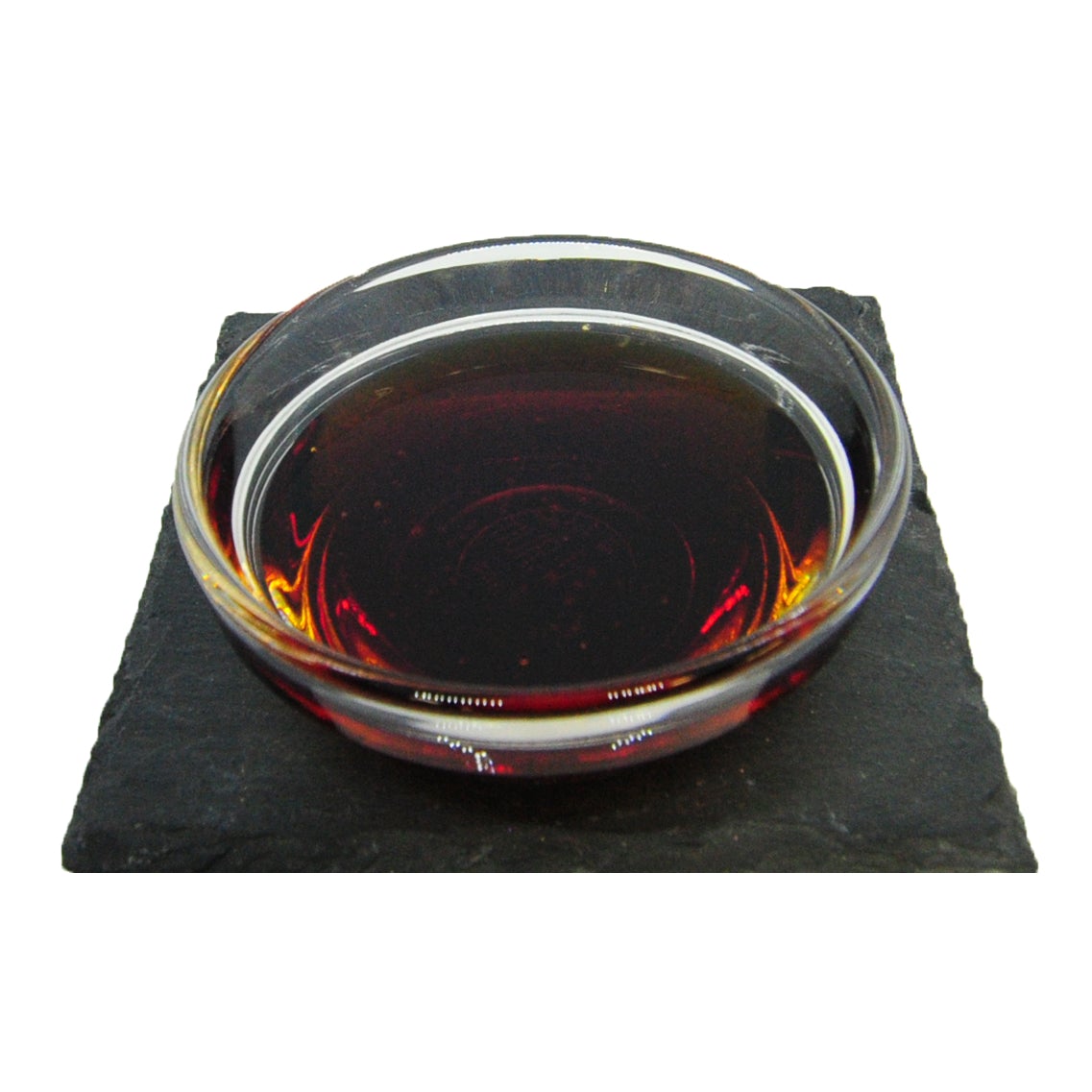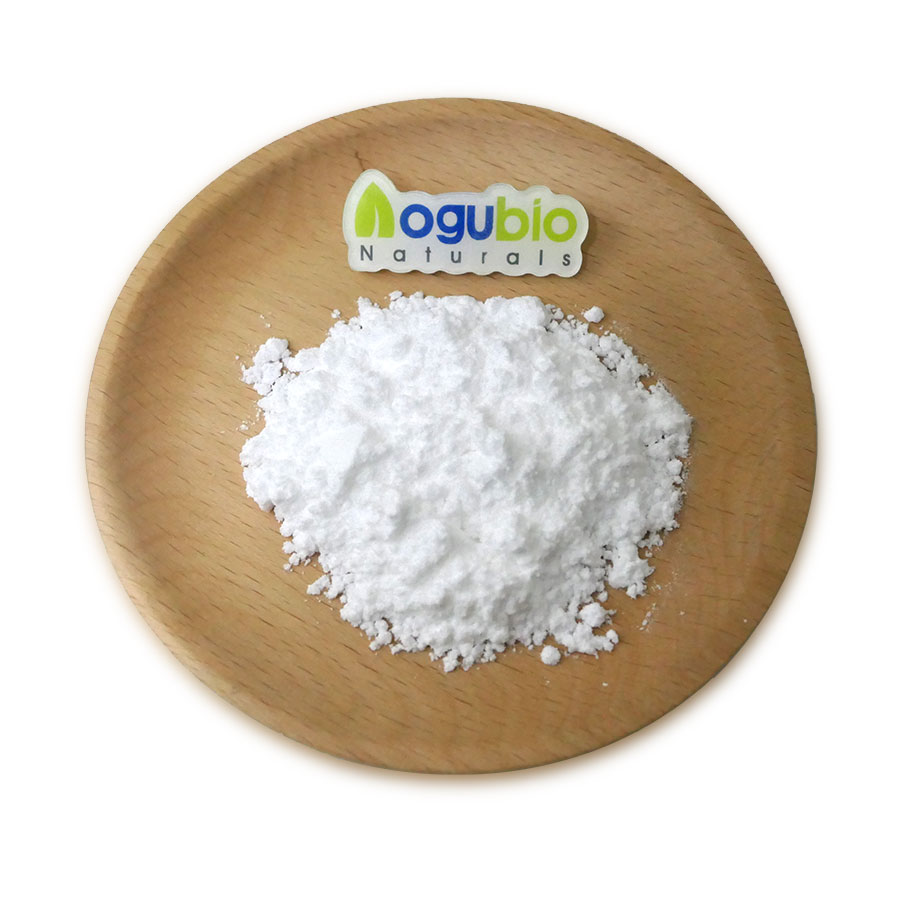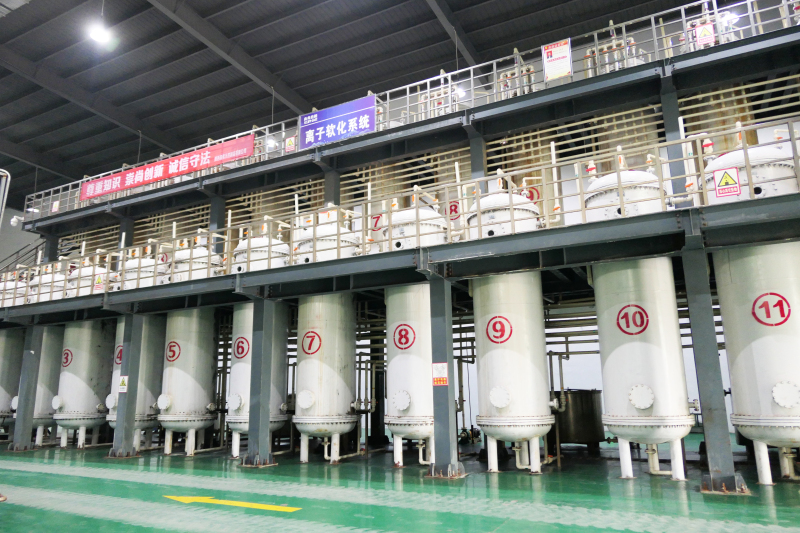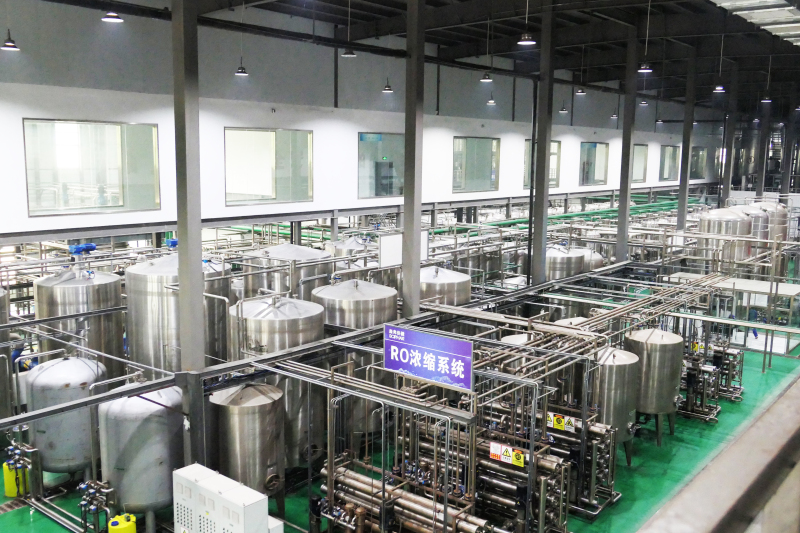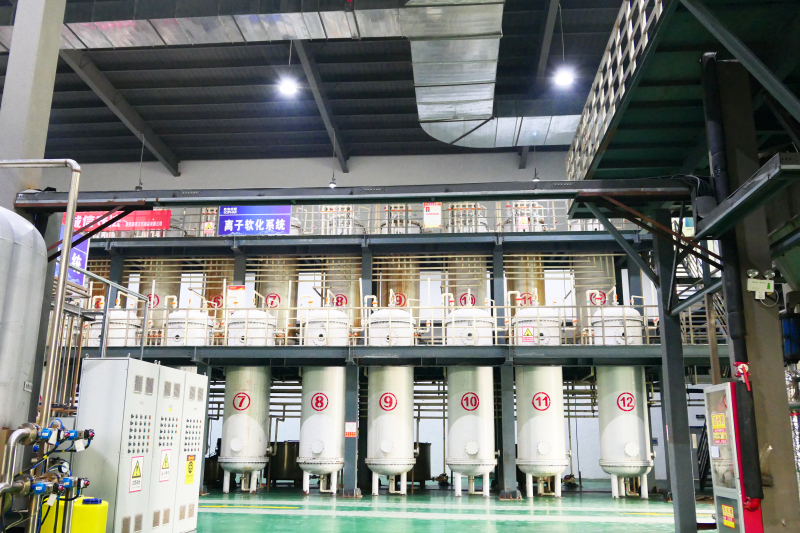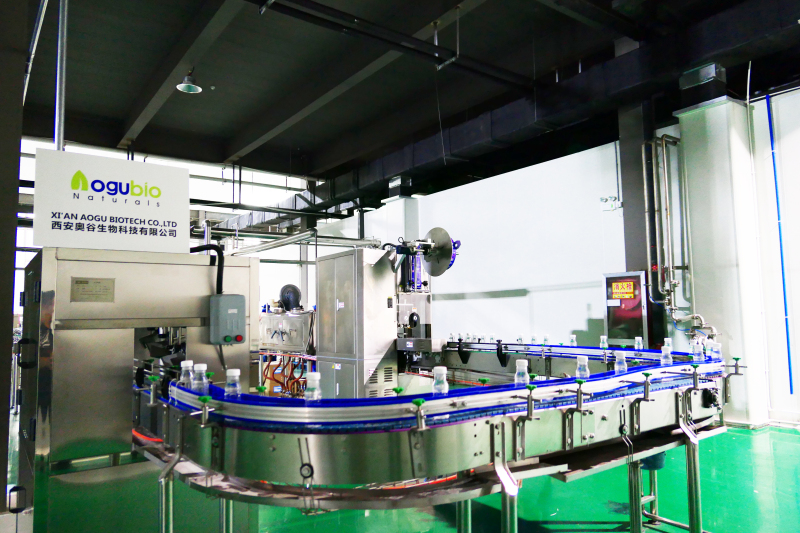Geogard Ultra Preservative Best Price Cosmetic Grade Raw Material Geogard Ultra Powder
Products Description
Geogard Ultra is a white powder used as a natural preservative in products like creams, lotions, moisturisers, shampoos and conditioners.
It is also approved by the Soil Association for use in organic products. It provides broad spectrum protection against bacteria that grow in water based cosmetic creations.
The geogard ultra INCI name is Gluconolactone, Sodium Benzoate and Calcium Gluconate. This blend of ingredients has an added skin moisturisation benefit. This makes it ideal for products like creams, shampoos or moisturisers.
Gluconolactone and sodium benzoate release gluconic acid over time which provides an extra preservation effect.
BASIC ANALYSIS
| INCI | Gluconolactone (and) Sodium Benzoate (and) Calcium Gluconate |
| Appearance | Coarse white powder |
| Usage rate | 0.75–2% |
| Scent | Nothing noticeable in end products |
| Approximate Melting Point | Solid at room temperature |
| pH range | 3–6 |
| Charge compatibility | Cationic, anionic, and non-ionic compatible. |
| Solubility | Geogard Ultra™ is soluble up to 4% in water, dispersible in glycols and alkyl sulphates. |
| Why do we use it in formulations? | Geogard Ultra™ protects our products from microbial spoilage (bacteria, yeast, fungus). I’ve found it to be a good natural preservative option. |
| Do you need it? | If you’ve already got Liquid Germall™ Plus you don’t need this preservative. However, if you’re looking to start working with more natural preservatives, Geogard Ultra™ is a fairly good option, though I would not call it beginner friendly due to its tendency to pH drift. |
| Refined or unrefined? | Geogard Ultra™ only exists as a refined product. |
| Strengths | Readily available water-soluble natural preservative with broad applications. |
| How to Work with It | Geogard Ultra™ is not heat sensitive, so you can include it in the heated water phase of your products if desired. If cold processed it will take a while to dissolve; I will often cover my beaker with clingfilm and leave it to dissolve overnight. |
Benefits
Geogard Ultra provides broad spectrum protection from the growth of bacteria and fungi. It is perfect for lotions as it contributes an added skin moisturisation benefit.
It can also preserve a wide range of water based cosmetic creations. It can act as an efficient preservative for most products, which is why it is commonly used in beauty products.
How to prepare Geogard Ultra
Geogard Ultra is soluble in water so it should be added to the water phase of your product. Simply add it to water and mix thoroughly for a few minutes until dissolved.
It works best in formulations with a pH of 3-6. It is not heat sensitive so it can be used at both room and elevated temperatures.
When handling Geogard Ultra, use gloves and goggles to protect the eyes and skin from irritation.
Geogard Ultra is normally used in your formulation at 0.75-2%, that is 7.5-20g Geogard Ultra per 1kg of finished product
Is Geogard Ultra a natural preservative?
Geogard Ultra is widely considered to be one of the most natural preservatives available. We consider Geogard to be 80% natural.
Geogard Ultra is from organic acids, that act as an efficient preservative. The INCI breakdown is 70-80% Gluconolactone, 22-28% Sodium Benzoate and 1-2% Calcium Gluconate.
The gluconolactone is produced by fermenting natural glucose which is derived from non GMO corn. However, sodium benzoate is synthetic and is petroleum based. The calcium gluconate is produced from a mineral calcium source, and fermented glucose.
The combination of gluconolactone and sodium benzoate creates gluconic acid over time. This is a mild and non toxic acid.
It is Soil Association approved and conforms with ECOCERT and COSMOS standards. This means that Geogard Ultra can be used in organic certified cosmetics.
Geogard Ultra is suitable for vegans and vegetarians and is palm oil free.
Whilst Geogard isn't tested for the presence of gluten, the manufacturer certifies that it doesn't contain gluten based on the composition of the raw materials used to produce it.
